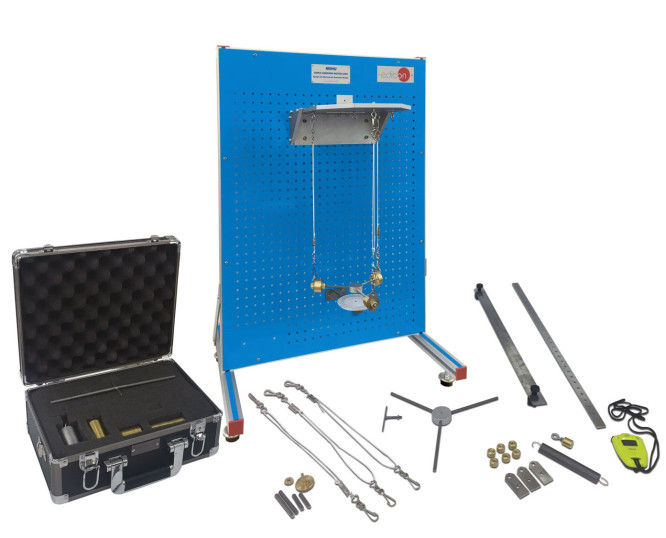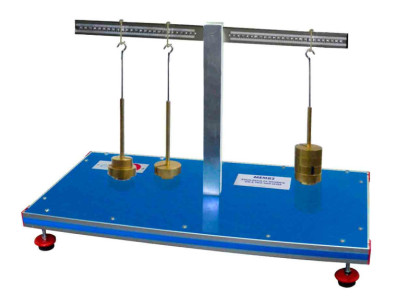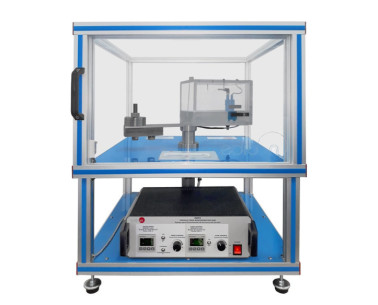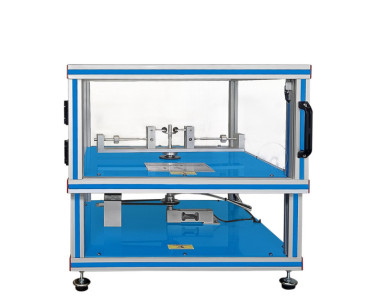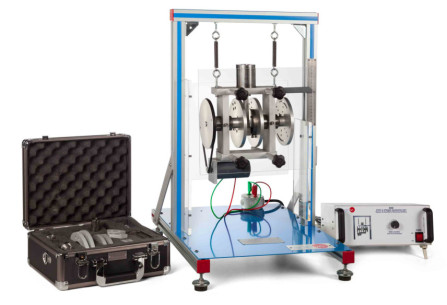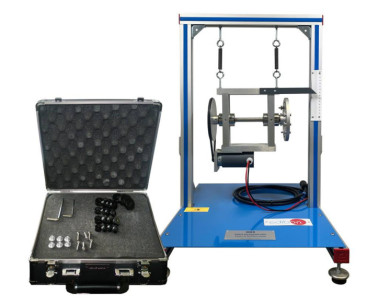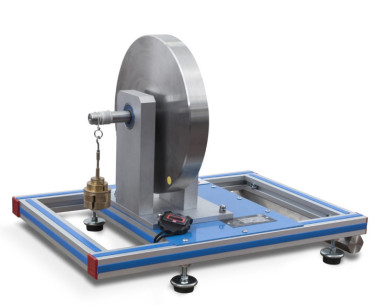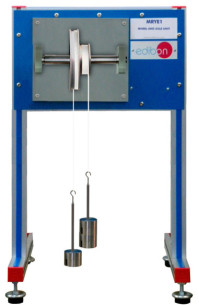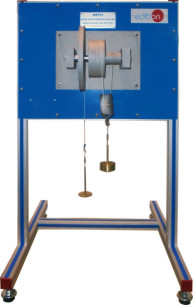Chez EDIBON, nous sommes engagés à renforcer les compétences comme pilier stratégique pour la compétitivité et le bien-être social de l'Union européenne. Une formation adéquate renforce non seulement l'économie, mais permet également aux individus de participer pleinement à la société et à la...
We have moved to the engineering lab of South Mountain Community College (MARICOPA) to install some of our units. With these new units, we hope that students in the engineering lab can learn the concepts in a practical way.
Are you a teacher or do you work as an engineering researcher? EDIBON offers courses for teachers and #research staff. Take a look at the course Basic Mechanics and learn about #forces and vectors. #DiscoverEdibon #Engineering.
 Préférences sur les cookies
Préférences sur les cookies

